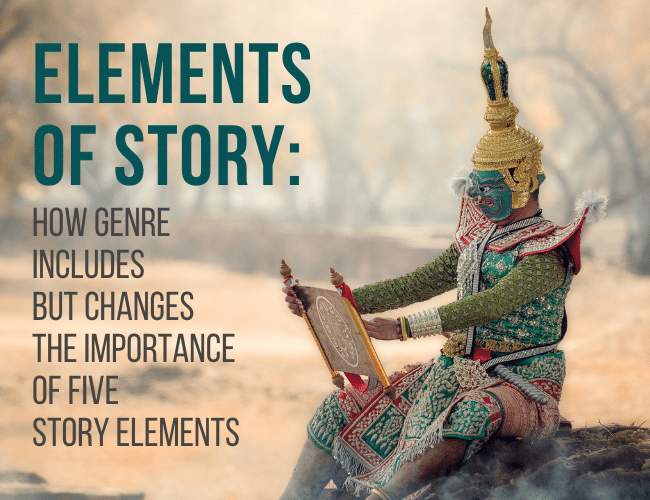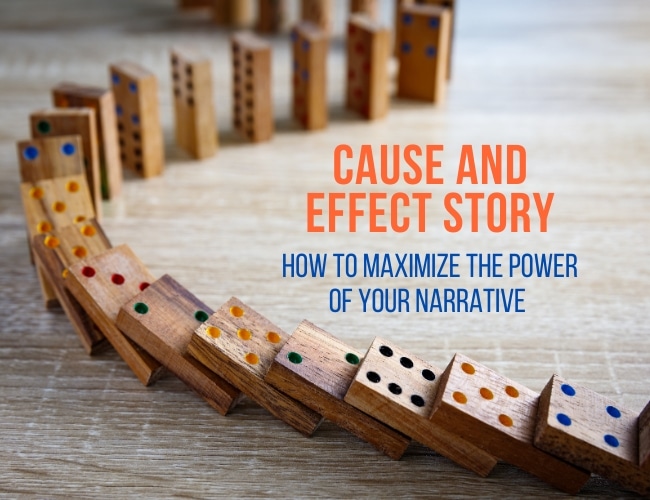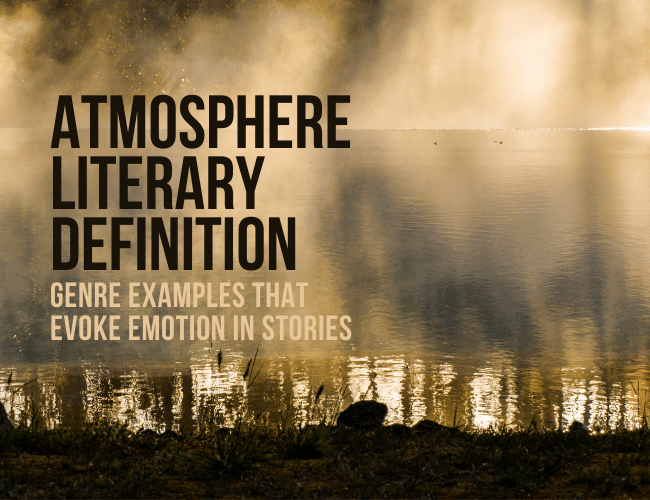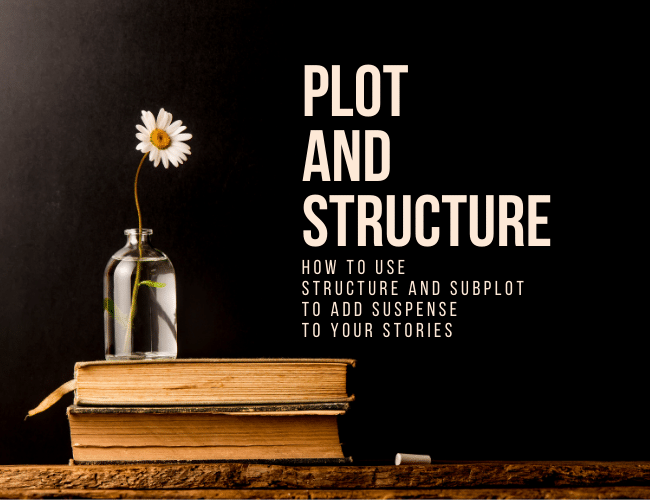
by Joslyn Chase |
Have you ever wondered how the elements of story impact your book’s genre? Do some elements of story have greater importance in a book because of the book’s genre?
I can think of several times when I’ve gone to a restaurant and taking the time to slowly chew my food, so I can experience how each of my senses is impacted by the food: from taste to smell to sight.
The level of importance the elements of story have on genre isn’t so different. We all have certain tastes—factors that appeal to us in different ways on our taste buds—and it’s the same with our reading preferences. I came to understand this in a profound way when I worked for our local library system, which I’d like to share with you today.
Readers crave certain “flavors” and genre helps them define what they like and discover more of it.
How the five elements of story vary in level of importance because of the genre may impact your perspective—and in a good way, for writers trying to satisfy their target readers!

by Joslyn Chase |
Do you remember the first time you read Romeo and Juliet? Did you cringe when Romeo kills himself, knowing that Juliet is still alive? This is a perfect example of how to use dramatic irony in your story—a literary device that will inevitably add suspense into your novel.
Dramatic irony can be used in any story regardless of genre, but it is especially useful when writing stories that you want to increase tension and suspense.
In this article, you’ll learn about dramatic irony, another useful technique that keeps readers on the edge of their seats.

by Joslyn Chase |
One reason some stories feel flat is because they are missing the cause and effect story elements that push life (and narratives!) forward. How can you maximize cause and effect in your stories?

by Joslyn Chase |
Atmosphere matters. You might be someone who will pay a premium to eat at a restaurant with a certain ambience or buy a house in a setting that supports a particular feeling. But how do you use atmosphere in your book?
In like manner, your reader won’t remember every word you wrote, but if you infuse the story with atmosphere, they will remember the way it made them feel.
But how can you weave atmosphere into your story without making it feel forced? How can your story’s atmosphere evoke an emotional response and leave a lasting impression on your readers? How can you leverage this literary technique to enhance that feeling?
A strong sense of atmosphere figures into the works of William Shakespeare. Edgar Allan Poe mastered atmosphere in poems like The Raven and his haunting tales of suspense. J.K. Rowling managed it well in the Harry Potter series.
And you can learn it too.
There are many literary devices and elements of fiction a writer uses to impact the atmosphere of a literary work, including figurative language, word choice, similes, and personification. In this post, we’ll examine how point of view and genre considerations help to set the mood and establish atmosphere.

by Joslyn Chase |
You can’t write a great story if you don’t master plot and structure. But what is the best structure for a novel? How do you plot a novel?
Figuring out your plot and structure is essential for your story’s success. Even if you have an exciting idea for a story, great characters, and a memorable setting, you need to put your protagonist through events that have high and escalating stakes.
Without a sound plot and structure, you won’t thrill your readers. Today, we’ll look at story structure and learn how you can build an effective plan for a story packed with suspense, with all the right twists in all the right places.




